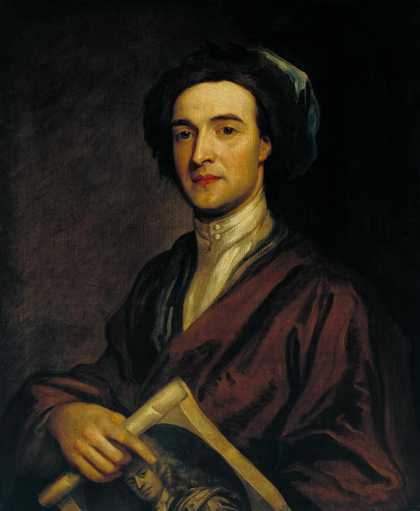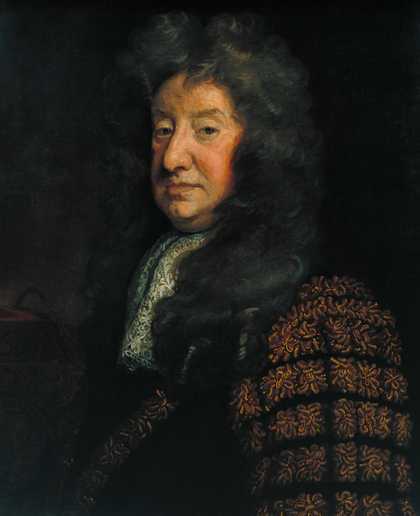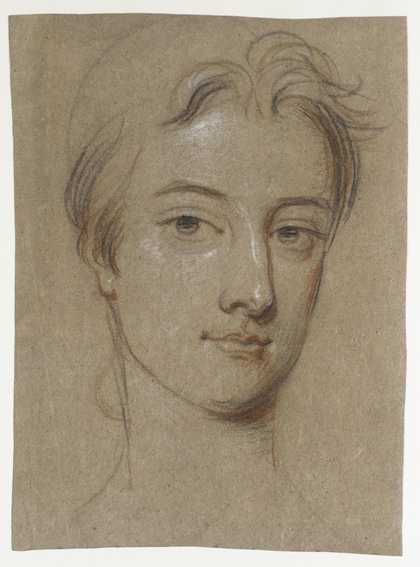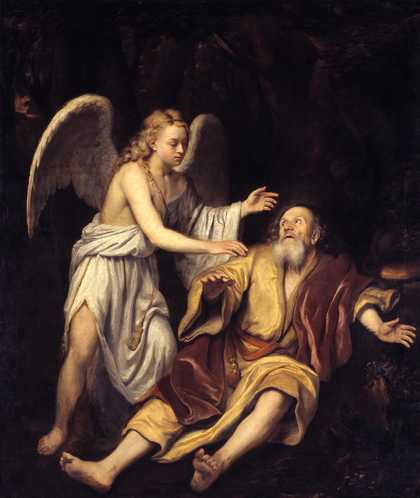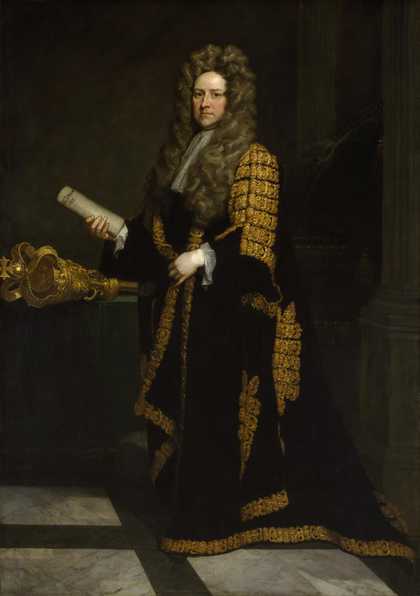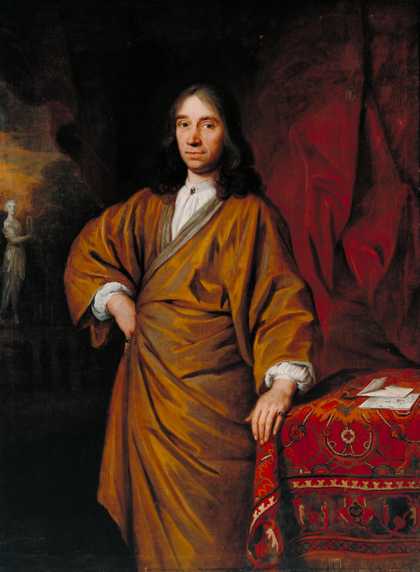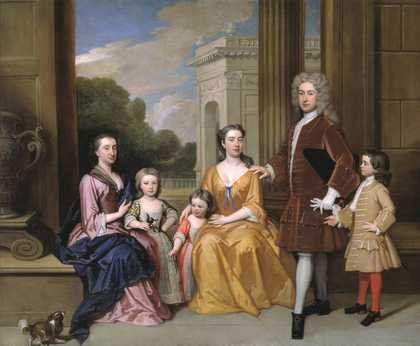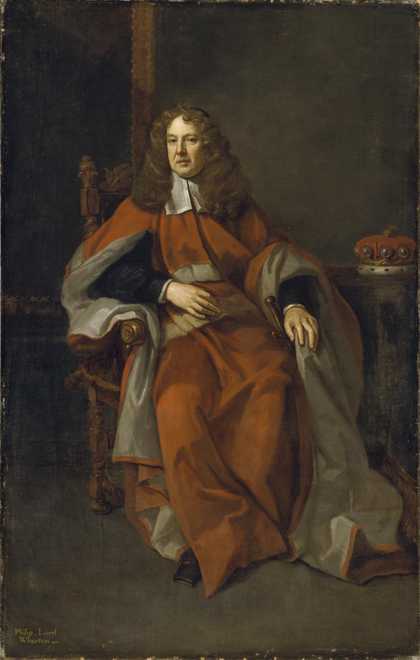Historic and Modern British Art
Artist biography
In 1684-5 Kneller was in France, painting Louis XIV for Charles II. A court painter to James II and George I, he was appointed principal painter to William and Mary in 1688. He was knighted in 1692, and in 1695 received, in the presence of the king, an honorary Doctorate of Law from the University of Oxford. In 1700 he was created a Knight of the Holy Roman Empire by the Emperor Leopold I. He married Susanna Grave, a widow, in 1704; the couple were childless. In 1711 he became Governor of the first London Academy, and was re-elected annually until 1718. George I granted Kneller a baronetcy in 1715. At the time of his death in London, about five hundred works remained unfinished in his studio.
Further reading:
J.D. Stewart, Sir Godfrey Kneller, exhibition catalogue, National Portrait Gallery, London 1971
J. Douglas Stewart, Sir Godfrey Kneller and the English Baroque
Portrait, Oxford 1983
Terry Riggs
January 1998
Wikipedia entry
Sir Godfrey Kneller, 1st Baronet (born Gottfried Kniller; 8 August 1646 – 19 October 1723) was a German-born British painter. The leading portraitist in England during the late Stuart and early Georgian eras, he served as court painter to successive English and British monarchs, including Charles II of England and George I of Great Britain. Kneller also painted scientists such as Isaac Newton, foreign monarchs such as Louis XIV of France and visitors to England such as Michael Shen Fu-Tsung. A pioneer of the kit-cat portrait, he was also commissioned by William III of England to paint eight "Hampton Court Beauties" to match a similar series of paintings of Charles II's "Windsor Beauties" that had been painted by Kneller's predecessor as court painter, Peter Lely.
This biography is from Wikipedia under an Attribution-ShareAlike Creative Commons License. Spotted a problem? Let us know.
Read full Wikipedia entry

